At PULSAR Radio, sound is not just entertainment—it’s a tool for exploration. Beyond playlists and broadcasts, we’re interested in how sound interacts with the brain itself. Can carefully designed tones actually shape neural activity? That’s the question that guided Konstantinos Anestopoulos and Georgios-Dimitrios Patsakos in their project Study of the Effect of Binaural Beats on Brain Function through EEG Recordings (Anestopoulos & Patsakos, 2025).
Binaural beats are a curious auditory illusion. Play two slightly different tones in each ear—say, 300 Hz in one and 330 Hz in the other—and the brain perceives a third, phantom rhythm at 30 Hz. That rhythm doesn’t exist in the outside world; it’s created inside the auditory system itself. For decades, enthusiasts have claimed that such beats can entrain the brain, nudging it toward different states of relaxation, focus, or even altered consciousness. But how much of this is true?
To probe the question, the researchers turned to electroencephalography (EEG), a method of measuring the brain’s electrical activity through sensors on the scalp. Their study involved 29 volunteers, each seated in silence and fitted with specialized headphones capable of simultaneously delivering audio and recording EEG signals. Over the course of a session, participants listened to five different binaural frequencies, each for two minutes, separated by short breaks. Meanwhile, their brain activity was captured in real time.
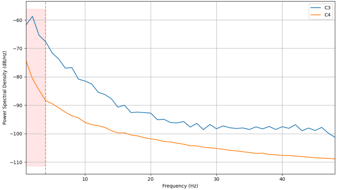
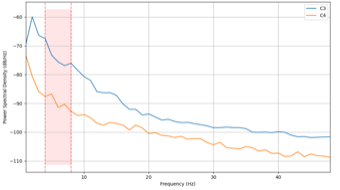
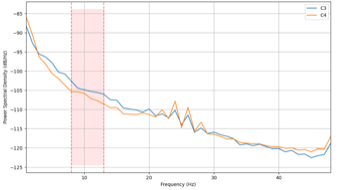
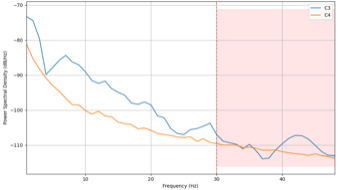
Figure 1: Example of EEG Power Spectral Density across frequency bands
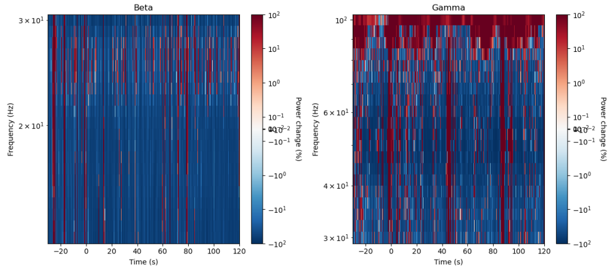
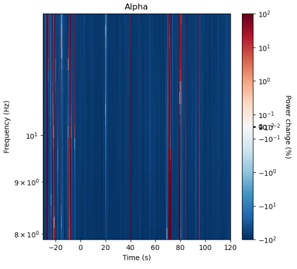
Figure 2: Time-frequency representations during binaural stimulation
When the data came back, the results were striking. The delta band (0–4 Hz), often associated with deep sleep and low consciousness, showed a significant increase in power, particularly at the C4 channel of the brain’s right hemisphere. The gamma band (30–100 Hz), linked to memory, attention, and sensory integration, showed the highest relative increase—almost a fivefold jump in average power—but without strong statistical certainty, suggesting the need for further study. Other frequency ranges, like alpha and beta, did not show significant changes across participants, though individual differences were clear.
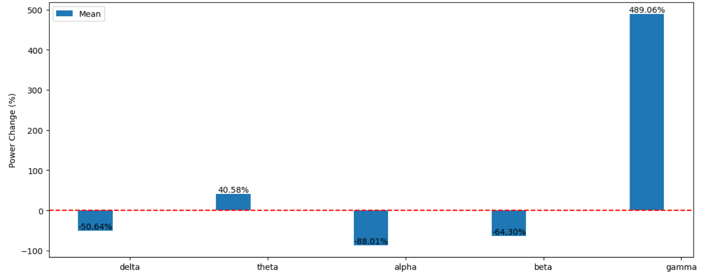
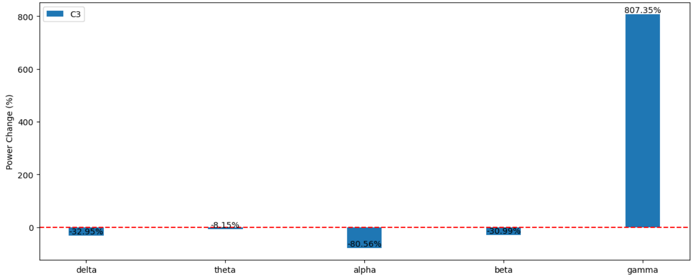
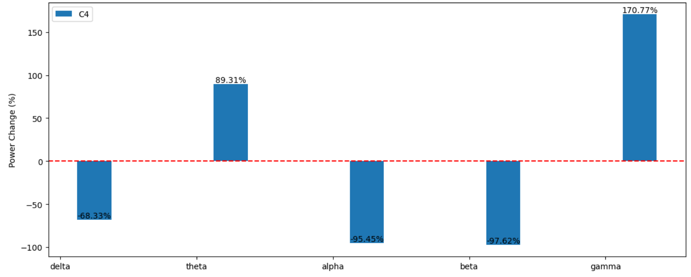
Figure 3: Power changes across frequency bands for C3 and C4 channels
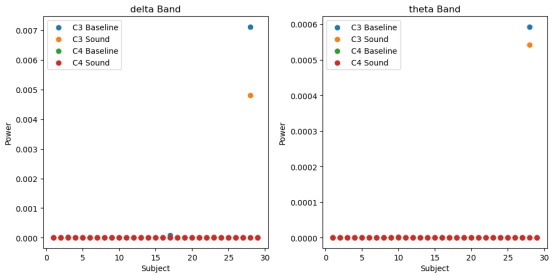
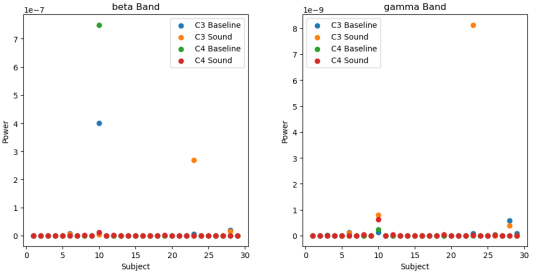

Figure 4: Boxplots of participant variability across EEG bands
These findings suggest that binaural beats may indeed nudge the brain’s rhythms, though not uniformly. Some participants’ brains resonated strongly with the beats, while others showed little effect. It hints at an intriguing possibility: the effectiveness of binaural beats may be highly personal, depending on individual neural wiring or mental state.
The study also highlighted limitations. The short exposure time—just two minutes per frequency—may not have been enough for deeper entrainment, and the use of only four EEG channels limited the scope of brain activity that could be captured. Still, even with these constraints, the consistent signal in the delta band points to a measurable, replicable effect.
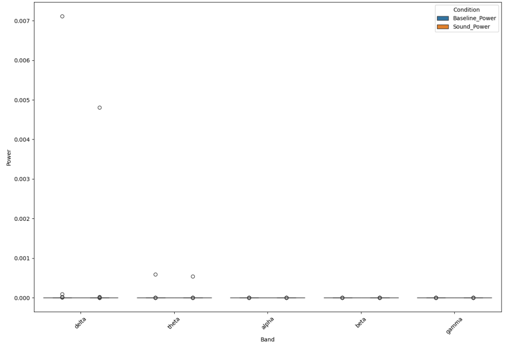
Figure 5: Statistical comparison (ANOVA results and paired t-tests across conditions)
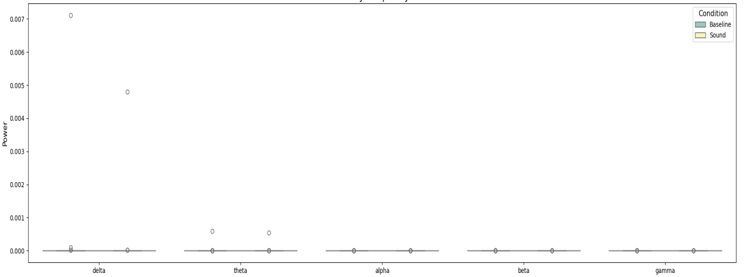
 Figure 6: Distribution plots of power changes per subject in delta/gamma bands
Figure 6: Distribution plots of power changes per subject in delta/gamma bands
Why does this matter for us at PULSAR Radio? Because it opens a door between sound and neuroscience. Imagine a future where radio doesn’t just entertain but also guides states of mind—calming, energizing, or focusing listeners with scientifically tuned soundscapes. While more research is needed, this project reminds us that sound isn’t only heard—it’s felt, and sometimes it reshapes the rhythms of the brain itself.
Reference: Konstantinos Anestopoulos & Georgios-Dimitrios Patsakos, “Study of the Effect of Binaural Beats on Brain Function through EEG Recordings,” Department of Electrical & Computer Engineering, University of Peloponnese, 2025.


